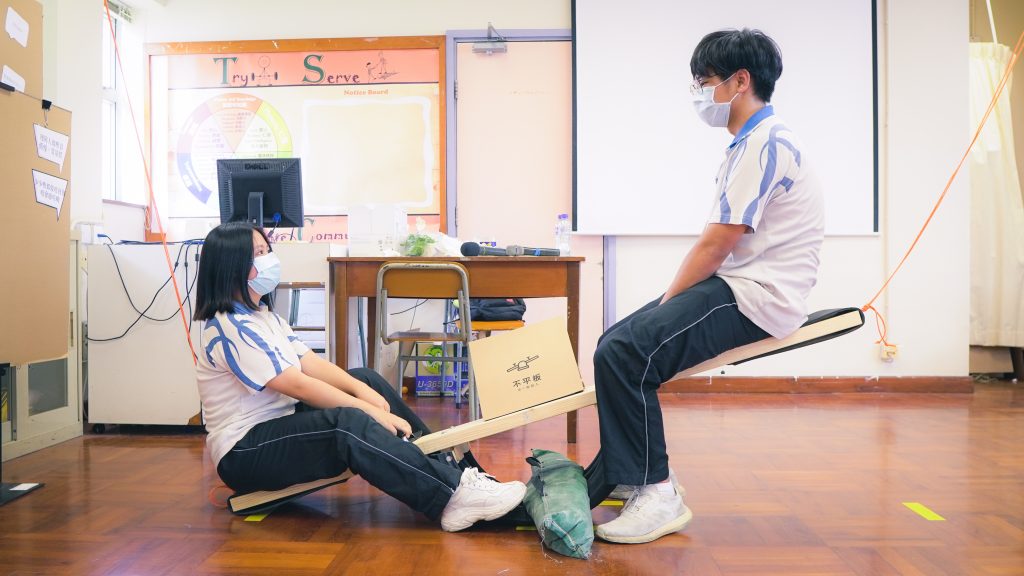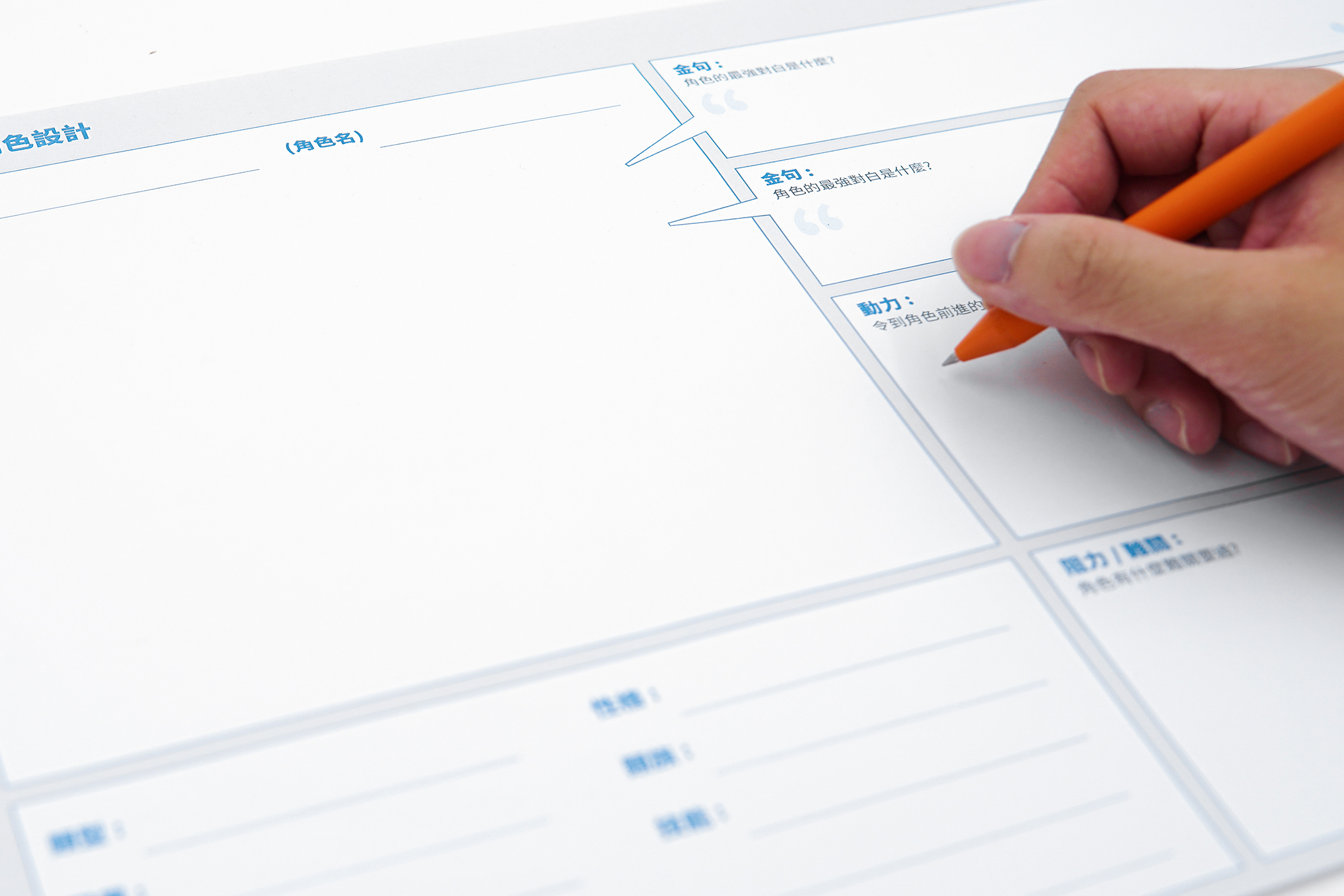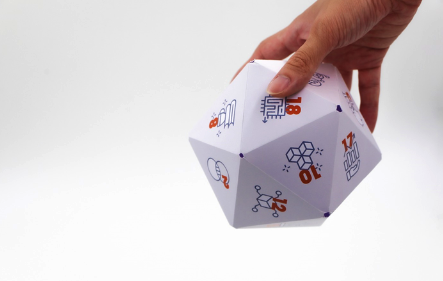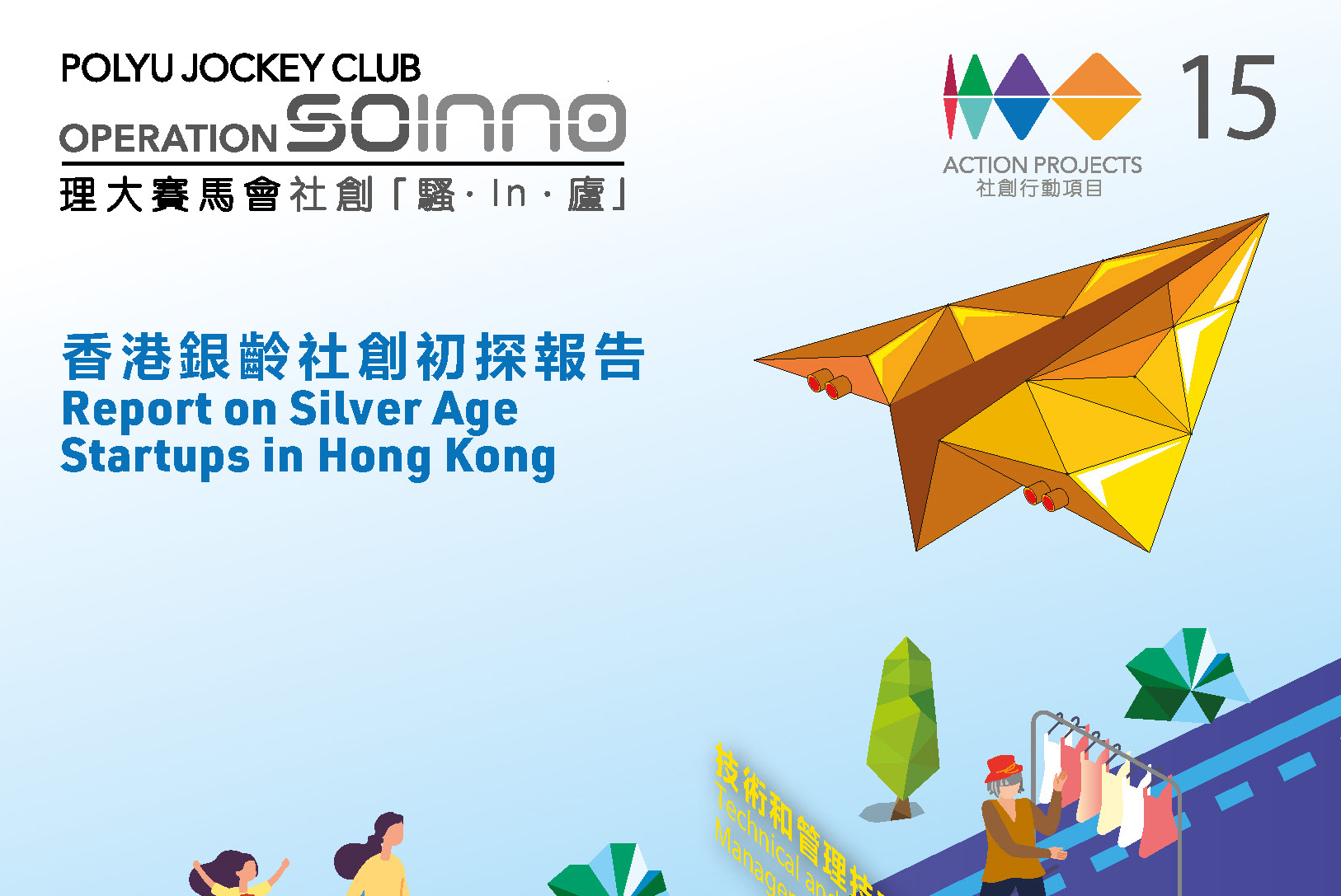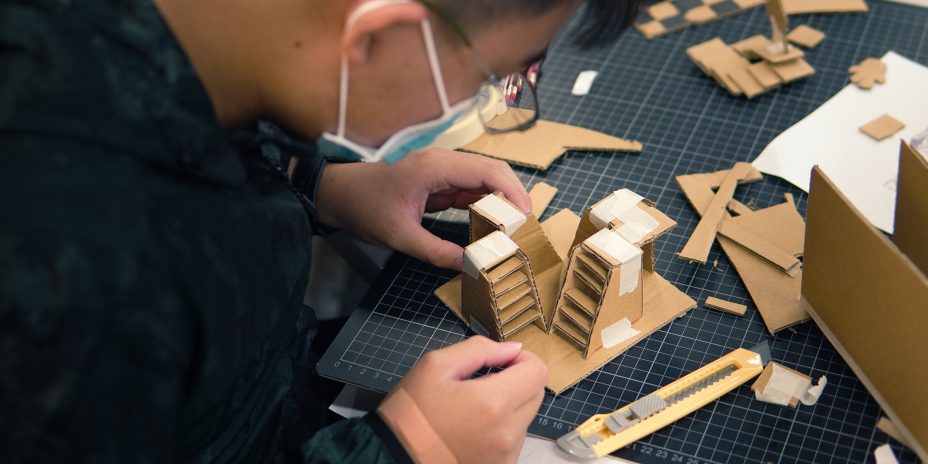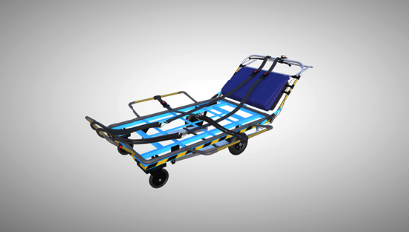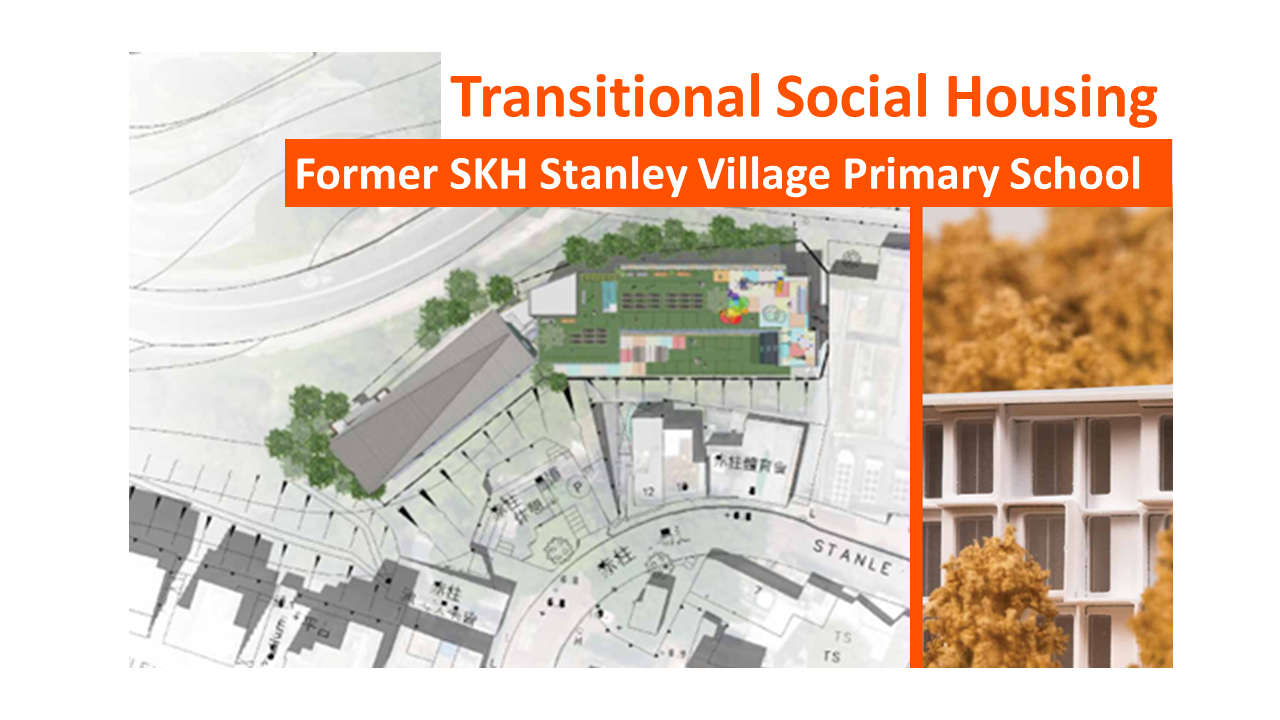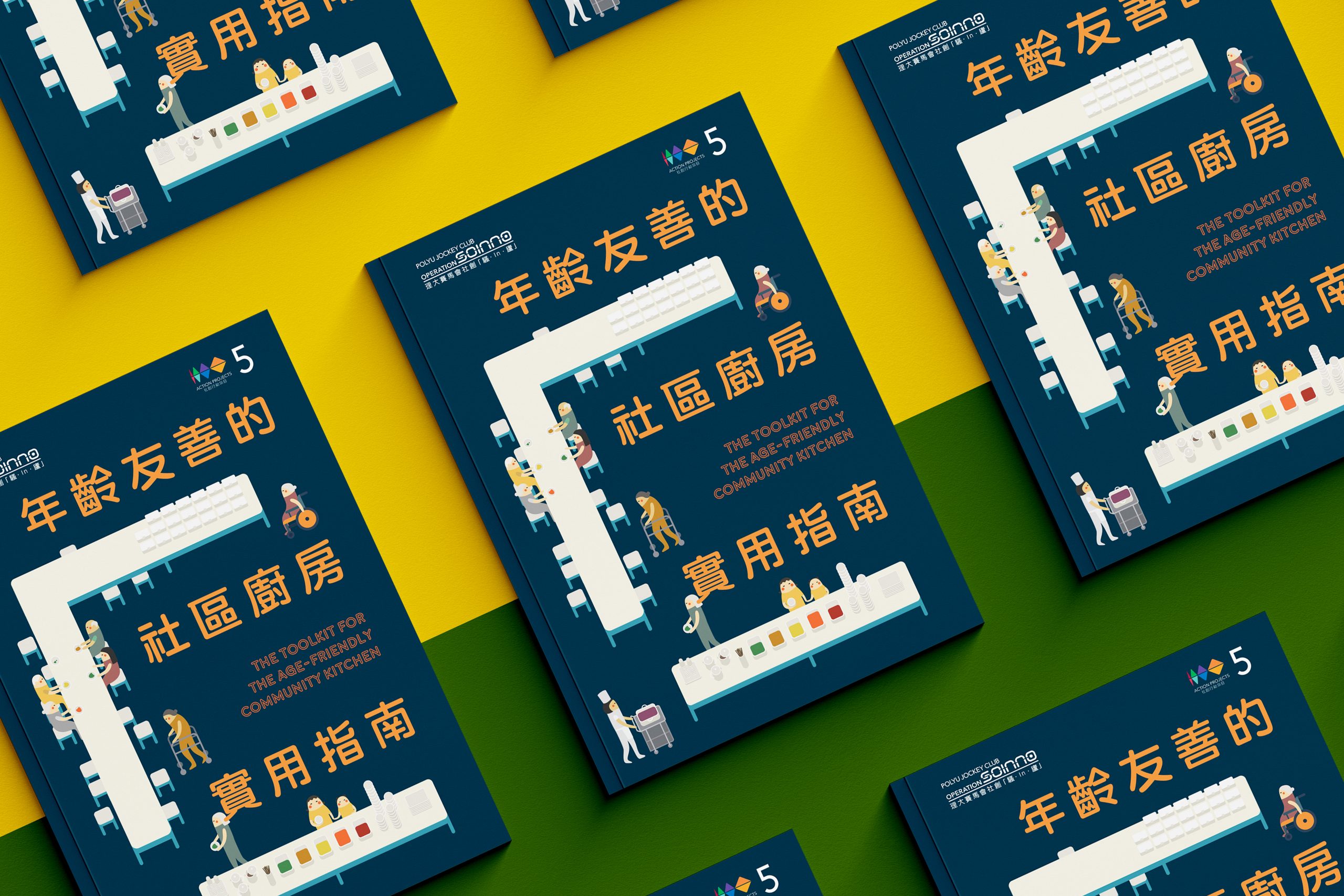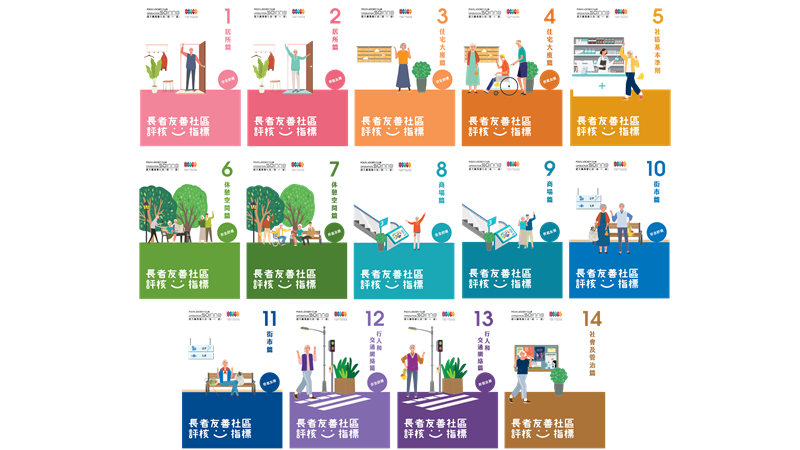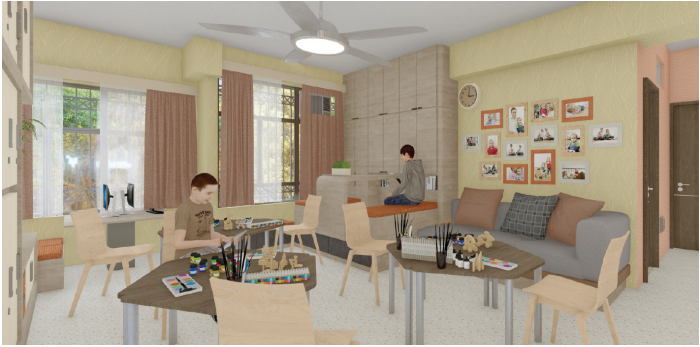OVERVIEW
The disparity between the rich and the poor has a significant impact on society and has been a great discussion issue for secondary school students. How could we help them to put their feet into others’ shoes and raise their awareness? From October 2020 to May 2021, JCDISI and Toi Shan Association College hold workshops for students of Liberal Studies to enhance their learning on Globalization and analysis on different stakeholders. By making interactive installations and holding immersive exhibitions, students had a better understanding of the wealth gap.
THE PROCESS
Inspiration
Students sorted the keywords about the wealth gap and figure out the relationship between different social phenomena and them. They visualized their thinking process and found out the root of these issues. World Vision Hong Kong is also invited to share the conditions in different countries and students could have a better picture of the difference between Hong Kong and other places.
Ideation
By designing posters through putting different images together, students expressed their views on the wealth gap. They extracted the key ideas from the posters and drew mind maps. They put their heads together and came out with tentative ideas for the installations.
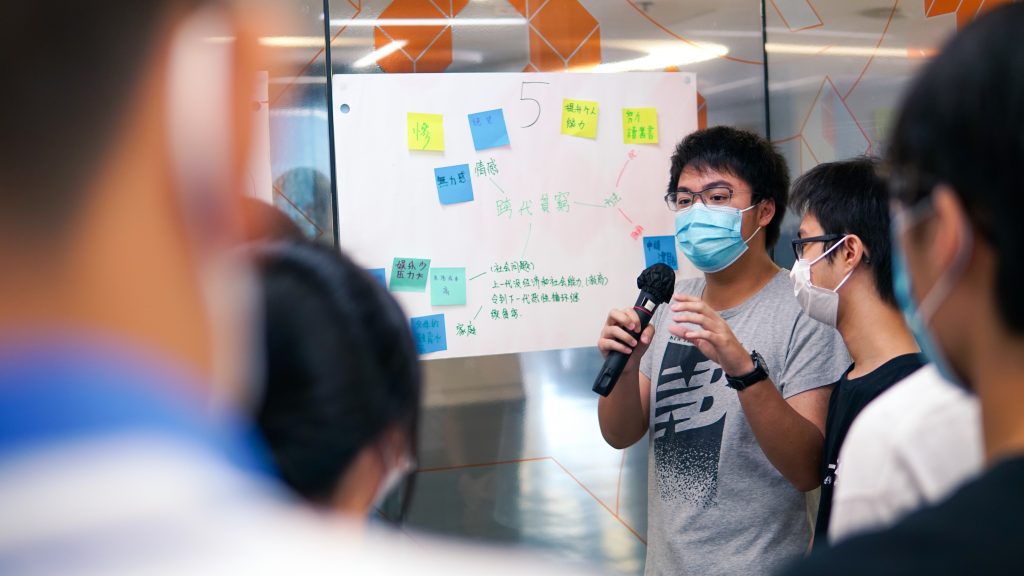
Implementation
After the students had figured out the key concepts of the installation, they started to create rapid prototyping. Students were divided into groups and each group needed to create an installation by using different materials, like wood, fabric and cardboard. They are gathered to form an immersive exhibition, where other students can learn more about the disparity between the rich and the poor.
